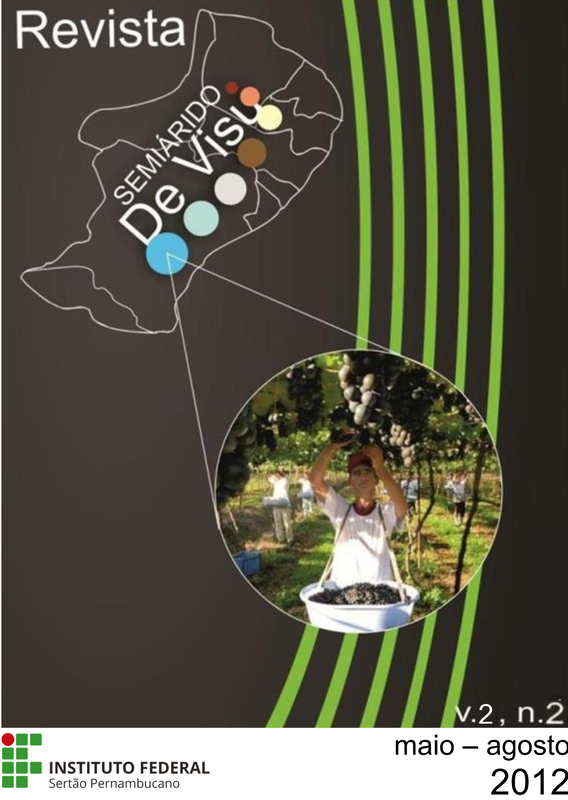Biometrics of seeds and pre-dispersal predation on seeds of Cardiospermum sp. in farming area in the semiarid region of Brazil
DOI:
https://doi.org/10.31416/rsdv.v2i2.187Keywords:
Weeds, fruit, heartseed, tropical dry forest, BrazilAbstract
Cardiospermum sp. is a common vine in anthropogenic environments, therefore, some studies aimed to control their populations because these vines are considered an invasive species. Collection of seeds was conducted in
an area of farming. Subsequently, we observed the presence / absence of evidence of predation, we verified the mass fresh and we measured the diameter, to distribute the seeds in class intervals. 609 seeds were collected. 532 seeds had no evidence of predation, while 77 seeds had evidence of predation, other words, 13% showed signs of pre-dispersal predation. Seeds with no evidence of predation had mean fresh weight of 28.597 mg and a diameter of 3.693 mm, while the seeds with evidence of predation had mean fresh weight of 23.244 mg and a diameter of 3.711 mm. In Interval C (diameter between 3.5 and 3.9 mm.) recorded 82% of seeds with evidence of predation and 70% of seeds without evidence predation. The results indicate that the most common size is also the most frequently preyed. However, yet more studies are needed in the semiarid on the predation of seeds of Cardiospermum sp. to understand the population dynamics of this vine in disturbed areas.
References
BALBINOT, A. A.; FLECK, N. G.; AGOSTINETTO, D.; RIZZARDI, M. A. Predação de sementes de plantas daninhas em áreas cultivadas. Ciência Rural. Santa Maria, 32: 707-714, 2002.
BOHART, G. E., KOERBER, T. W. Insects and seed production. In.: KOZLOWSKI, T.T. (Ed.). Seed Biology: Insects, and Seed collection, Storage, Testing, and Certification. Academic Press. New York and London, 3: 1- 53. 1972.
DAVIS, A.S.; RAGHU, S. Weighing abiotic and biotic influences on weed seed predation.Weed Research, 50: 402-412, 2010.
KLIPS, R. A.; SWEENEY, P. M.; BAUMAN, E. K. F.; SNOW, A. A. Temporal and Geographic Variation in Predispersal Seed Predation on Hibiscus moscheutos L. (Malvaceae) in Ohio and Maryland, USA. The American Midland Naturalist, 154: 286–295, 2005.
LORENZI, H. Plantas daninhas do Brasil: terrestres, aquáticas, parasitas e tóxicas. 3.ed. Nova Odessa, Instituto Plantarum, 2000. 608p.
MCGREGOR, R. L; BARKLEY, T.M.; BROOKS, R.E.; SCHOFIELD, E.K., et. al. Flora of the Great Plains. Lawrence, Kansas, USA. The University Press of Kansas. p. 436- 437, 1986.
RICKLEFS, R. E. A economia da natureza. 5.ed. Rio de Janeiro, Guanabara Koogan S.A. 2009.
VOLL, E; BRIGHENTI, A.M.; GAZZIERO, D.L.P; ADEGAS, F.S.. Dinâmica da população de Cardiospermum halicacabum e competição com a cultura da soja. Pesquisa Agropecuária Brasileira, 39: 27-33, 2004.















